How to plant an orchid?
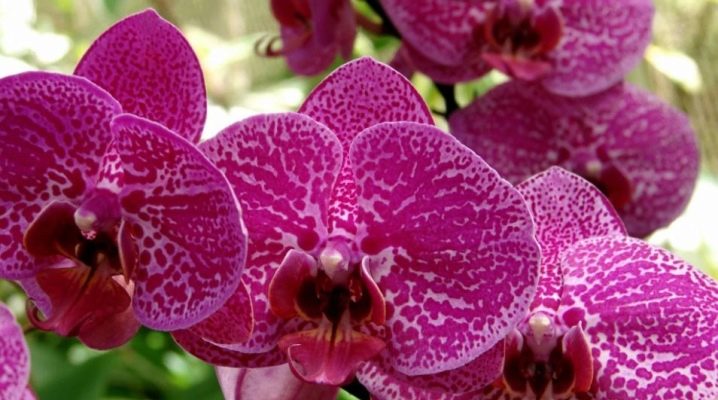
Anyone who loves to plant flowers and is especially fond of orchids knows that they will have to face the transplantation or initial planting of such exotic plants. Therefore, it becomes necessary to know how to properly transplant orchids into a pot. You can keep a wide variety of these flowers at home, but everyone needs to be able to create the right conditions. And much depends on the correct fit.
This article will explain in all details exactly how to plant orchids so that the flower is comfortable.
Specifications
The structure of orchids is not very different from other flowers that are kept in the house. Some have pseudobulbs in which they accumulate useful elements.
By the leaves of flowers, you can determine how much they have adapted to the conditions of detention. In good condition, they are rich green, fleshy.

Choice of capacity
The orchid is considered a houseplant, so replanting it at home is not such a difficult task. But here a lot depends on the type of the plant itself. For example, Phalaenopsis (a subspecies of orchids) has aerial roots and is much better in a plastic pot with many holes. It allows sunlight to pass through, air circulates perfectly and it is easy to track the condition of the root.

Quite often in gardening stores you can find transparent pots, shaped like a glass. Here they are categorically not suitable for any type of orchid. Their roots do not grow in depth, but in width, so the best option would be a pot wide, but with low walls.
A common mistake is planting a plant in a glass vase, which looks beautiful, fits into the interior, but is absolutely not suitable for a plant with aerial roots, since the glass will refract the sun's rays, which will burn the roots. In addition, the glass will not allow oxygen, which is so necessary for the plant, to pass through.
If a sympodial orchid is kept at home, then a pot that looks like an oval-shaped bowl is ideal for it.... The plant must be planted at the edge to leave enough room for roots. It is possible to plant two orchids in one pot, but only if the size of the container allows it and proper care is provided. It is important to ensure that the plants do not get sick under these conditions.
Substrate preparation
Despite growing a flower at home, the soil should still be close in composition to natural natural conditions. Typically, orchids live in the tropics, where they cling to trees with aerial roots. This means that moss and bark must be included in the home soil.
Experienced gardeners believe that you should not use store mixes, as they are too chopped. In general, the composition of the substrate can be the same for all types of orchids, but should differ in proportion and in the size of the components.... Epiphytes like fractions of large and medium sizes, moisture-loving ones - smaller ones.


When working with a plant, you need to take into account the acidity of the soil, moisture permeability and the ability to circulate air.
The soil can be made with your own hands, knowing its composition.
- Bark... Chopped pieces of coniferous and deciduous trees (in a ratio of 70 to 30, while deciduous should be of only one type), you can add a couple of pieces of willow, which has antiseptic properties.
- Charcoal or ordinary - pharmacy.
- If possible - coconut fiber.
- Swamp mosswhich can be obtained from any flower shop.
- Humus, expanded clay, spruce cones, and other similar materials, if available.
The number and size of the soil kit will depend on the moisture capacity required. For strong use a mixture of peat and bark in a ratio of 1: 1. Medium - increase the amount of bark in proportion to the peat and add coal. For drainage, crushed stone is used, as well as foam or expanded clay.
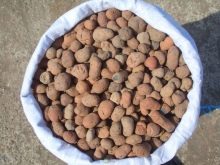


Root processing
Before planting in a pot, the roots are carefully examined. Even if they look healthy on the outside, they may be empty on the inside. Based on this, each root is felt and viewed. If it is defective, then it is cut off, grabbing about 5 mm of the healthy part, and then the cut is treated with coal powder to prevent the spread of the disease.
You need to be able to distinguish a healthy root from a diseased one. Healthy people will feel flexible and rather hard, while sick people will be soft, lethargic, often exuding an unpleasant odor.

Landing rules
There will be no difficulties with landing, even for beginners, if the preparatory work is done correctly. First, the pot where the orchid or its layers will be planted is washed with running water and treated with a disinfectant solution (if it is not there, the container can be doused with boiling water). It will be easier for the flower to transfer the movement if it has not been watered for several days before and the substrate is dry.
Before planting, the orchid must be pulled out of the soil with the utmost care so as not to harm the roots. Then it is carefully washed with plain water and the roots are dried at room temperature for two hours.

Consider how to plant flowers correctly, taking into account the peculiarities of their open root system.
Phalaenopsis and Vendian
Epiphytes are grown in transparent containers (large pots that resemble containers) with drainage holes that can perfectly transmit light and air. Pebbles or crushed stone is placed on the bottom of the pot, and a block of a piece of polystyrene should be placed in the center of the pot (to drain water). Styrofoam will help protect the plant from the high humidity that appears in this particular place.
Lay out the substrate (medium and large) on top, making sure that small holes remain in it for normal air exchange in the root system zone. This ensures good root and plant development.

Moisture-loving
Representatives of this group of orchids love moisture, but not stagnant fluid. The most important here are the circumstances: how exactly and where they were put.
For flowering of such plants, drainage is used, which takes up almost half of the pot.
The substrate layer reaches about 10 centimeters, in which the flower is planted to the base, and the edges of the container are covered with a thin layer of moss.
Vietnamese
These are some of the finest colors around. Vietnamese orchids grow from bulbs that are planted in the bark of coniferous trees, boiled in boiling water for several minutes. If only a bulb or sprout without leaves was purchased, then this partially simplifies planting.

Sympodial
Planting this species directly differs significantly from others and is more complicated, since the structure of the root system of sympodial orchids is significantly different. The roots of these orchids need as much space as possible as they grow horizontally and form plant shoots.
It is best to plant them in a basket with waterproof drainage, and bottle corks and pine cones can serve as a substrate.
Block landing
This option is considered the closest to the natural landing option. This is how orchids grow in the tropics - anchored on the trunk of a tree. But this option is more suitable for greenhouses or greenhouses, where the humidity is extremely high.
At home, a flower in this form will suffer, since it must be sprayed several times a day, which not every grower can do. But it is easiest to plant a plant on a block - an orchid is attached to a piece of cork oak bark using staples, and when the roots grow firmly, they are removed.
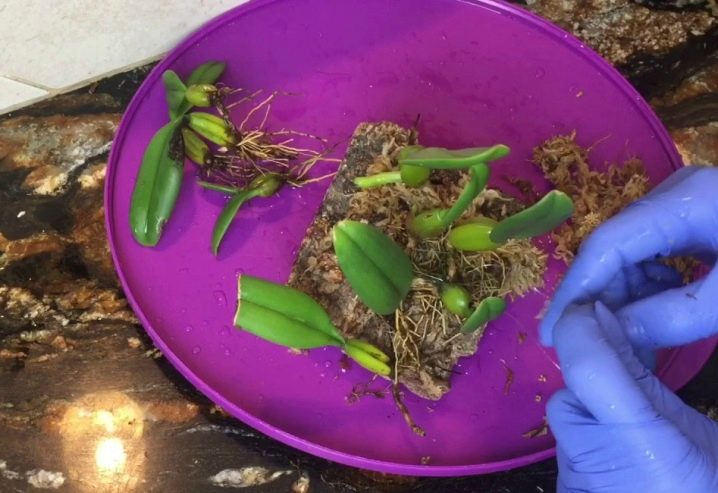
In capsules
This is an option for cut flowers to keep them longer. They are sold with a capsule already in the store. The plant is immersed in water with the addition of a special solution. They are best placed in clean water after transport by removing them from the capsule.
Fastening and care
Fixing in a pot
It happens that the seedling does not hold well in the pot. Then you can give it stability with tights. The material is cut into ribbons and the orchid is tied to the container so as to prevent the sprout from moving or falling. When it is firm and deeply rooted, the ribbons can be removed.
Care
Immediately after transplanting, the plant should be placed in a place of the dwelling in which it would be possible to provide it with a content temperature of 22-24 degrees.
The first watering after planting is best done only after five days. The water that needs to be watered directly to the plant should be medium soft and have a temperature within 40 degrees. Watering is done with a shower or by immersing the orchid in liquid for 30 seconds.
Avoid direct sunlight under any circumstances. Lighting should be diffused, and daylight hours for a plant should last no more than 14 hours.
Top dressing is done only a month after planting, when the plant is fully adapted.
You can recreate greenhouse conditions (for example, cover with a bag, creating a greenhouse effect).
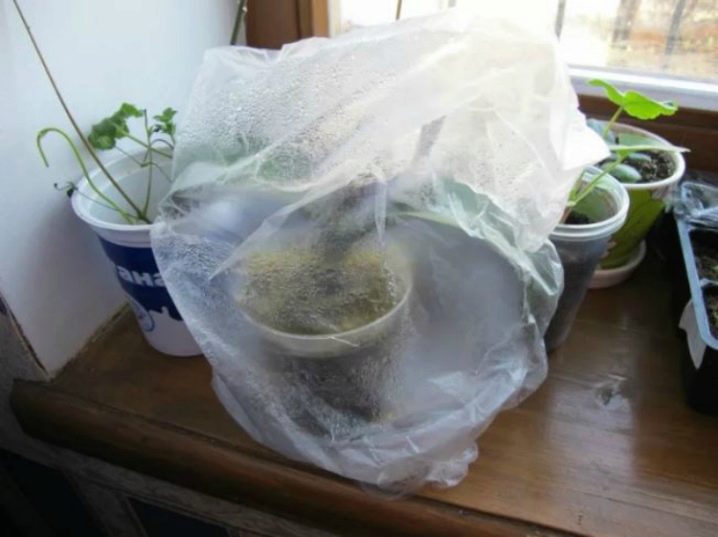
Top dressing
The substrate for such plants is such that it contains an insignificant amount of useful substances for a flower, or they may not be found in principle. Therefore, feeding is done regularly throughout the year. It is best to use a liquid fertilizer that will suit the growth period of the plant..
When flowering, once every two weeks, feed with a high phosphorus content is used. After the flowers have fallen off and new ones are formed, they switch to nitrogen fertilization. It is good to use minerals at any time. Fertilize flowers after every fourth watering.
After flowering
It is necessary to cut the peduncle, which in some plants can bloom several more times (for example, in phalaenopsis), after which the orchid is moved to a place with a lower air temperature (the minimum recommended for a certain species). Reduce watering, leaving the substrate dry at a depth of two centimeters.
Until a new shoot appears, the plant is not fertilized.

Diseases
These plants, as a rule, are resistant to various diseases, and they arise only in case of improper care of the orchid: little light, too frequent watering, lack of fertilizers, and more.
Due to the fact that the orchid is a tropical plant, ticks or scale insects adore them. A mite can be detected by the presence of a silvery coating, resembling a cobweb, on the inside of the leaves. In this case you need to rinse them with water, but it is better not when the orchid is blooming... And then there is a treatment with means of parasites.
It is more difficult to catch a scale insect, because they like to hide in the scales of a plant. They are extremely dangerous for the flower, you can get rid of a small amount with the help of toothbrushes and see if the pest returns. In serious cases, an insecticidal agent is used.
Aphids can attack young buds or shoots. If she did not have time to cause much harm, then she can simply be washed off in the shower. But if the flower buds managed to open, then insecticides are used again.

The plant can pick up viruses that will change the appearance of the flower and the color of the leaves. Unfortunately, there is no cure for such diseases.
In addition, the pseudobulb and root may begin to rot in the orchid. This is usually due to excess moisture.
At the first symptoms, all damaged parts of the flower are immediately removed. The pruner used for the operation must be disinfected. The plant itself, after cutting off diseased roots, is moved into the fungicide solution for five minutes. Then they are left to dry for a day and transplanted into a pot with new soil.
The latter is a fungal disease that attacks the leaves, making them black and blocking the access of air and light. It is also treated with a fungicide.

Disease prevention consists of the following measures.
- Make sure there is no excess moisture. Do not allow water to stagnate.
- Remove faded and yellowed parts in time.
- Remove drying or decaying roots.
- Use a spray bottle regularly in hot weather.
- Do not water for three days after treatment.


It is also important to remember that if in the summer the plant is taken out into the fresh air, then it is necessary to take measures against snails and slugs.
You can buy special granules that you need to scatter over the substrate and around the entire pot. If it rained, then they need to be replaced. It is worth checking the bottom of the pot periodically, as slugs like to hide from sunlight.
Flower propagation
The main flowering occurs in the spring, after which you can start reproduction of the orchid with the help of shoots. It is necessary to make sure that the bush is already ripe and developed. The previous peduncle is cut under the second bud by 3 cm. This approach will increase the chances of flower reproduction.
When a shoot appears, they are waiting for the leaves on it to reach 2.5 cm and begin to moisturize the future separate orchid. Later, when it acquires more developed independent roots, it is cut off by about 5 cm and planted separately.
Outcome
The orchid is truly a royal flower. He considers a gift in the form of such flowers a sign of true love. It is not difficult to learn how to properly monitor them, the main thing is to familiarize yourself in advance with all the nuances in watering, planting and bait, not forgetting about diseases and parasites that can infect a delicate plant. Then the orchid in the house will be a wonderful decoration.
You need to take care of it regularly and with diligence, but you can create some of the funds yourself. For example, do not resort to buying store mixes, substances and vitamins, but do not forget to follow the instructions. Then the plant will delight for a long time with beautiful flowers and a graceful look.
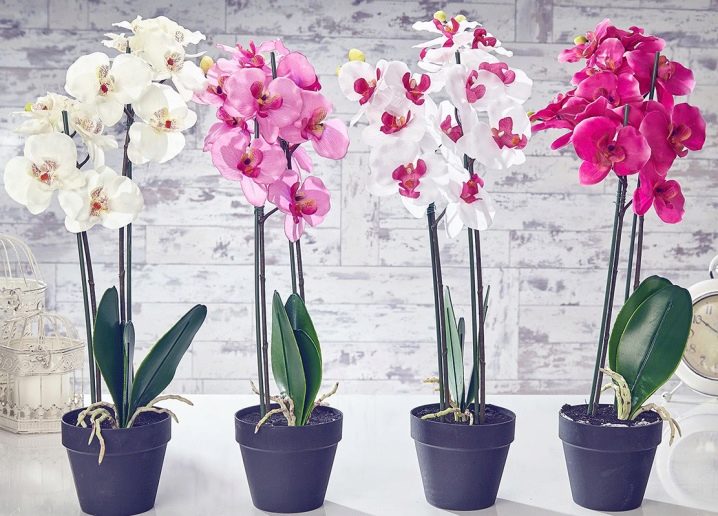
For information on how to plant and care for an orchid, see the next video.































Thanks!
The comment was sent successfully.